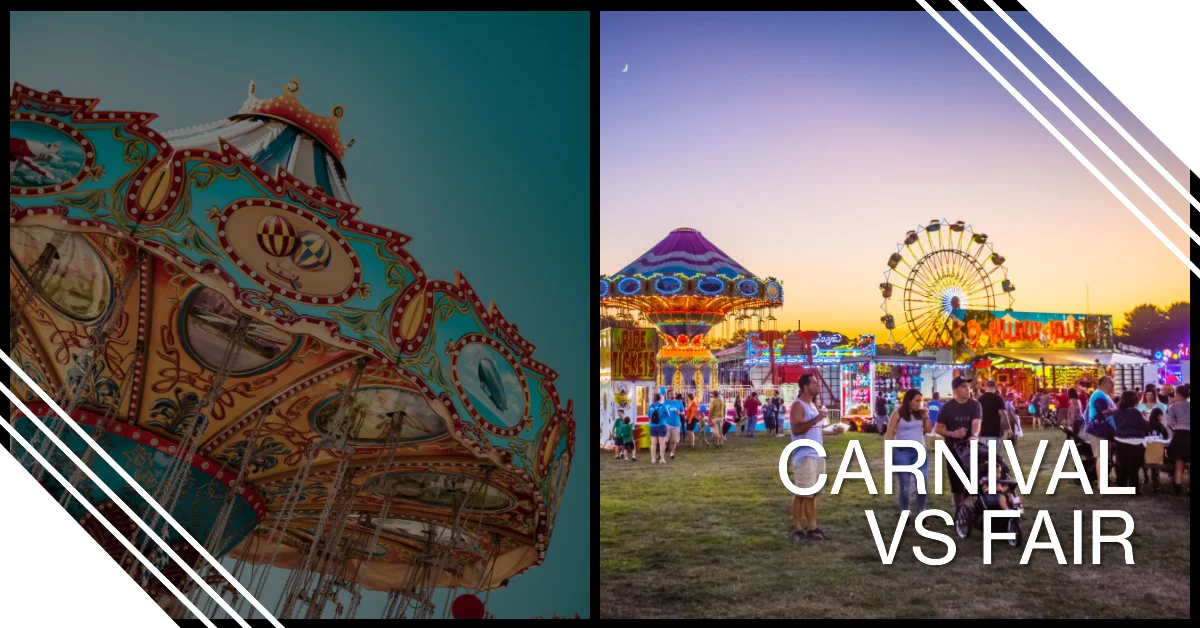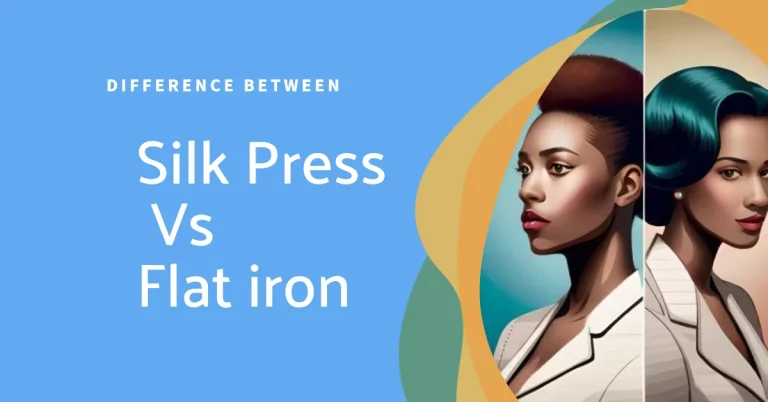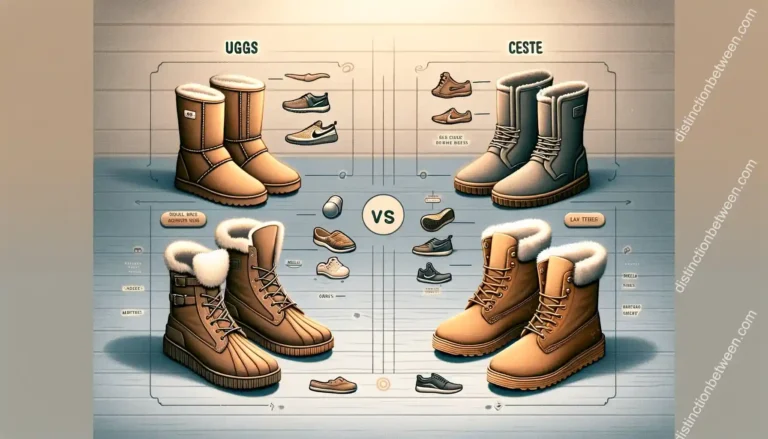What is Difference Between Carnival and Fair
Did you know What is difference between a carnival and a fair. Both events have been a cherished part of human tradition for a long time. They bring communities together and offer joyful celebrations and entertainment for everyone to enjoy. Mostly peoples thinks they are same but they are not. We are going to discuss the main distinctions between carnivals and fairs like purposes, histories, attractions, and more.
Here is a table that summarizes the key differences between carnivals and fairs:
| Feature | Carnival | Fair |
|---|---|---|
| Location | Traveling | Permanent |
| Atmosphere | Exciting, thrilling | Fun, safe |
| Rides and games | Designed to be exciting and thrilling | Designed to be fun and safe |
| Sideshows | Often featured | Rarely featured |
| Religious associations | Often associated with religious holidays | Not typically associated with any specific religious holiday |
Carnivals

Carnivals are traditionally rooted in religious and cultural celebrations. The word ‘carnival’ itself comes from the Latin words ‘carne’ (meat) and ‘vale’ (farewell). Historically, it can be trace back to ancient Roman festivals like Saturnalia or Lupercalia. However, the modern concept of a carnival took shape in Medieval Europe during the pre-Lent season, famously known as Mardi Gras. These celebrations often included parades, feasting, and elaborate costumes, allowing people to enjoy themselves before the period of fasting and penitence in the lead-up to Easter.
A carnival is a fun event where you can enjoy exciting rides, play games, and see interesting things. There are also live shows to watch and yummy food to eat from different stalls. It’s a great place to spend good time with friends and family!
Pros:
- Rich cultural experiences and traditions.
- Vibrant and festive atmosphere.
- Showcasing local talent and creativity.
- Opportunities for community engagement and celebration.
Cons:
- Limited duration, often restricted to specific times of the year.
- Potential overcrowding and logistical challenges.
- Reliance on weather conditions for outdoor activities.
Fairs

Fairs are more commercial event than internments . It is an organized gathering usually held at a fixed location, such as a fairground or exhibition hall. Historically, it was place where traders, merchants, and craftsmen meet to buy, sell, and exhibit their goods. The first fairs were trace back to the Roman Empire, but they truly thrive during the Middle Ages. Today, fairs have expanded to include attractions and entertainment factors akin to carnivals. Fairs showcase a wide range of goods, products, and services, and often include competitions, exhibitions, and educational activities.
Pros:
- Diverse range of attractions and entertainment options.
- Business and networking opportunities for vendors and industries.
- Educational experiences and exposure to various industries.
- Flexibility in location and duration.
Cons:
- Less focus on cultural traditions and local heritage.
- Commercialization and emphasis on consumerism.
- Potential for overcrowding and long queues for popular attractions.
Similarities
Both carnivals and fairs share several common features. They provide a variety of entertainment options to attract peoples of different ages. Additionally, both events tend to include amusement rides, games, live performances, and delicious food options.
Difference Between Carnival and Fair
- Location: Carnivals are typically temporary setups that can be found in parking lots, city parks, or other open spaces, making them mobile and adaptable to various environments. Fairs, however, are generally held in designated fairgrounds or facilities designed for the event.
- Duration: Carnivals usually span a few days to a week, with a flexible schedule and relatively short duration. Fairs, conversely, are often held annually and can last multiple weeks, providing a more extensive and in-depth experience for attendees.
- Activities: Carnivals focus primarily on amusement and entertainment, with various rides and games being the main attractions. Fairs, while still offering entertainment, place a greater emphasis on community engagement through agricultural exhibitions, educational programs, and competitions.
- Food and Products: Both carnivals and fairs offer diverse food options, with carnival food tending to emphasize fun, indulgent treats like cotton candy, funnel cakes, and corn dogs. Fairs often feature these as well, but with a stronger focus on locally sourced and agricultural products.
Examples
A classic example of a carnival is the traveling event held by companies like Strates Shows or North American Midway Entertainment that visits various towns and cities throughout the year. An example of a fair is the annual state fair, such as the Iowa State Fair or the Minnesota State Fair.
Conclusion
In conclusion, though carnivals and fairs share certain elements, they differ in their origin, location, duration, and activities. Personally, I’ve always been drawn to fairs due to their emphasis on community engagement and focus on local agriculture and tradition. However, the choice between a carnival and a fair ultimately boils down to individual preferences and interests.
I hope you found this explanation helpful.
Refence Links







